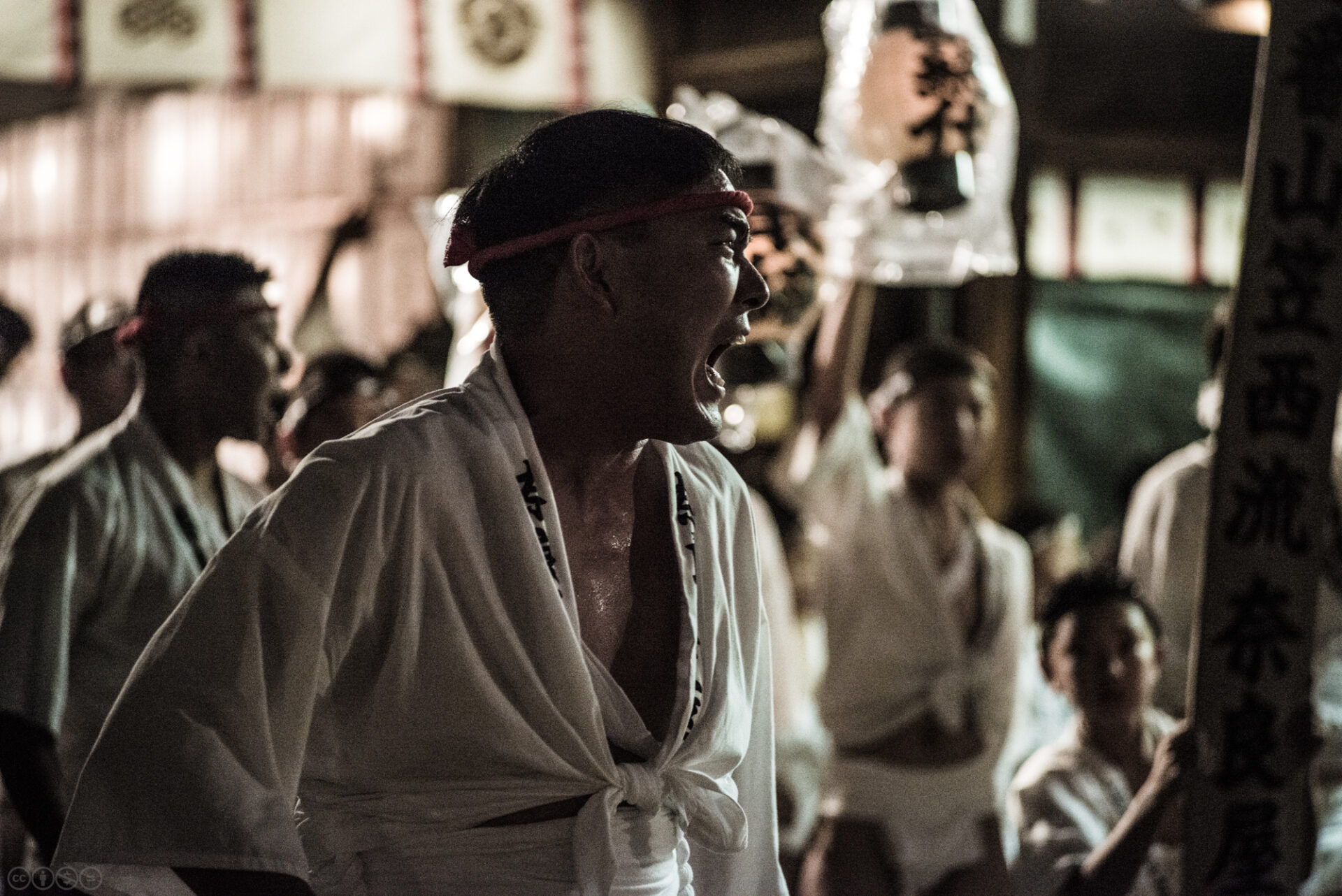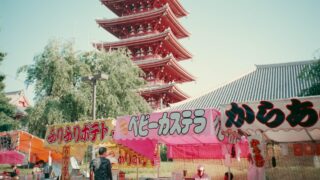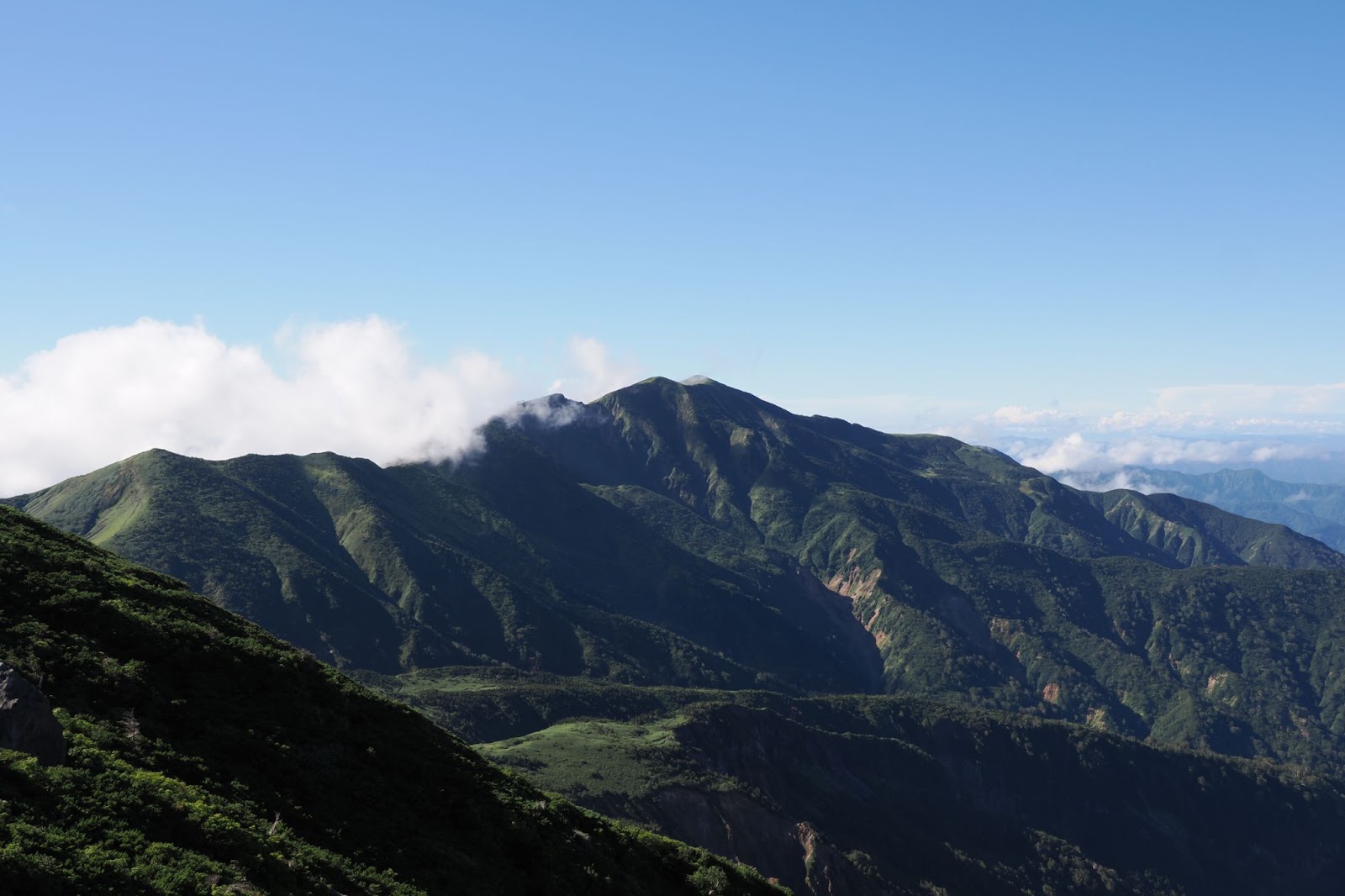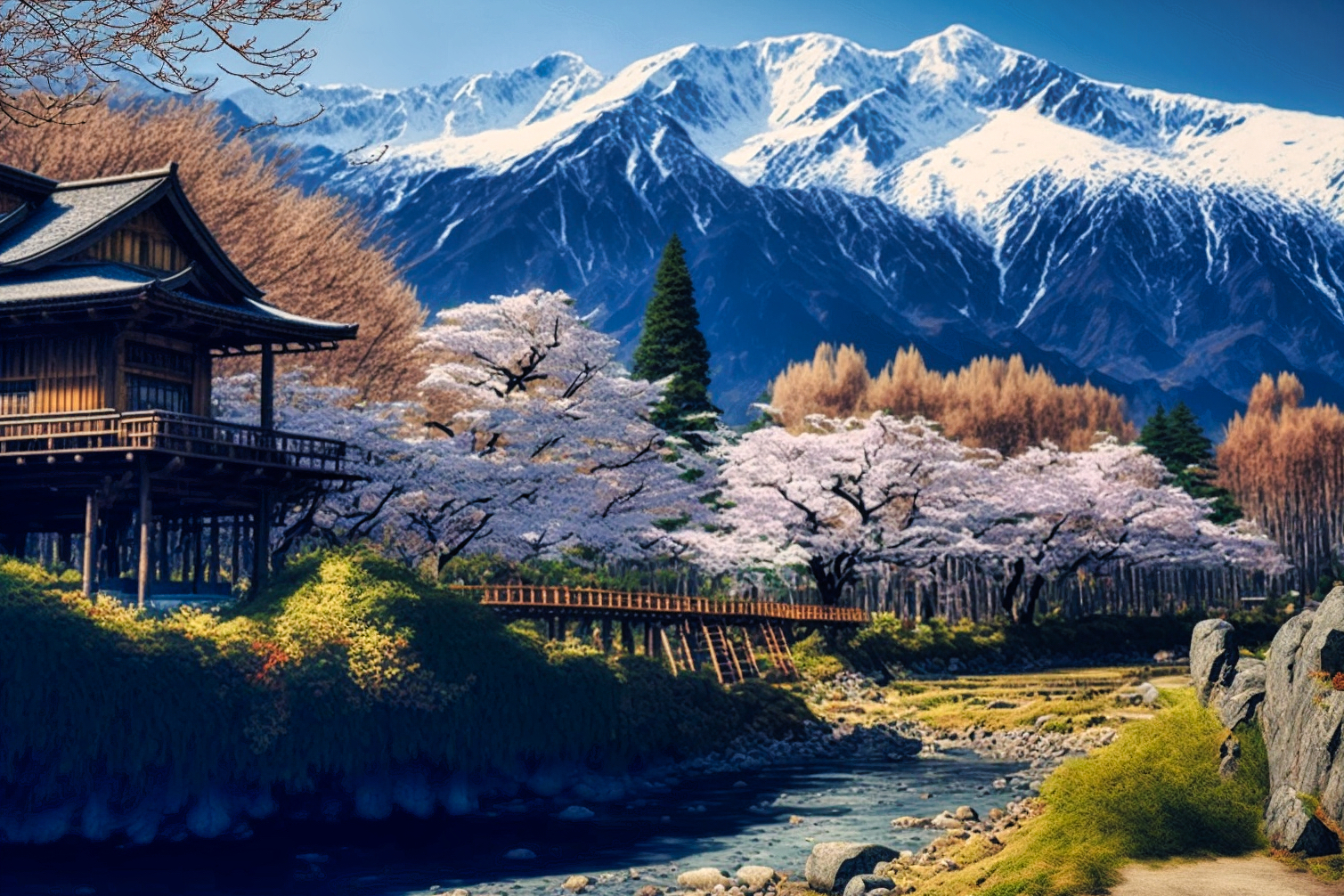
Stefanie Akkerman moved from the Netherlands to Japan in 2013 with her Japanese husband and son. She jumped into the niche of Dutch tour guiding in Tokyo and Kamakura in 2015 and occasionally writes articles about all the great sights and activities Japan has to offer. She loves (Japanese) food, and to work that all off she goes diving, snorkeling, cycling, or hiking.
This post may contain some affiliate links. When you click through and make a purchase we may receive some commission, at no extra cost to you.
Are you in Japan in July 2024? The summer is by far the best season if you want to experience one of Japan’s lively matsuri festivals. To be immersed in the music, the dancing, and the merriment of a traditional festival is one of the best parts of Japan’s warmest season. These festivals are held all over the country, so you have to be a bit lucky to be in the right spot at the right time, but let us make it easier for you to run into one of these vibrant celebrations. Here is an overview of 10 of the best Japanese festivals in July 2024!
- 1. Hakata Gion Yamakasa (Fukuoka)
- 2. Gion Festival (Kyoto)
- 3. Toyohama Red Sea Bream Festival (Aichi)
- 4. Nachi Fire Festival (Wakayama)
- 5. Kiriko Festival (Noto Peninsula)
- 6. Tenjin Festival (Osaka)
- 7. Gujo Odori (Gifu)
- 8. Kumagaya Uchiwa Matsuri (Saitama)
- 9. Sumida River Fireworks Festival (Tokyo)
- 10. Nagoya Port Fireworks Festival 2024 (Nagoya)
- Enjoy Festivals with Yukata
- Japan Wonder Travel Tours
- Other articles you might be interested in
1. Hakata Gion Yamakasa (Fukuoka)
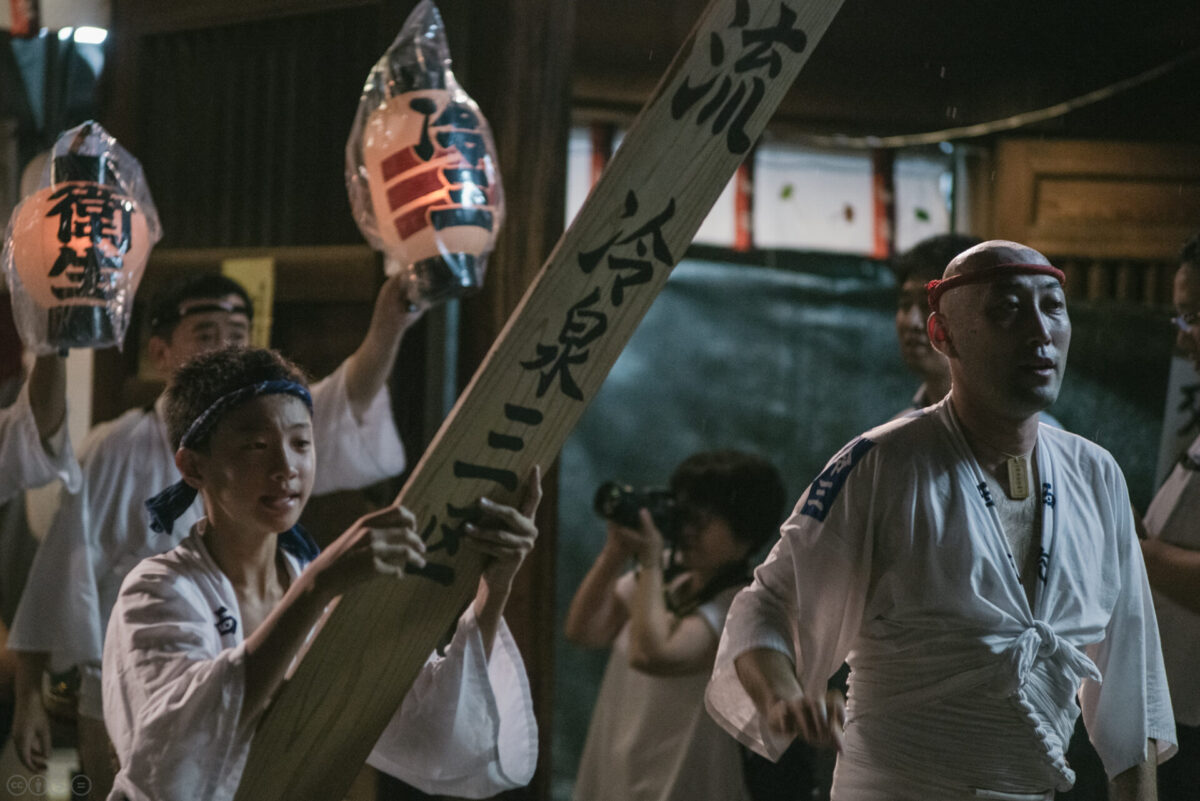
If you’d like to see some vigorous action during a matsuri, the Hakata Gion Yamakasa in Fukuoka is a great festival. In the early morning of July 15th just before sunrise 7 teams of float carriers start racing the kakiyama floats through a 5 kilometer long course at a high tempo and whichever team does that the fastest wins the race. Even though it is early in the morning, there is always a large audience because it is so spectacular to see the men exerting themselves to the max. If you can’t make it on that morning, you may still be able to see one of the practice runs between July 10 and 14, and between July 1 and 14 you can see larger floats exhibited throughout the city including 2 at Hakata Station.
When: July 1 (Sat.) – July 15 (Sat.), 2024
Where: around the Hakata Station area, start point at the Kushida Shrine
2. Gion Festival (Kyoto)
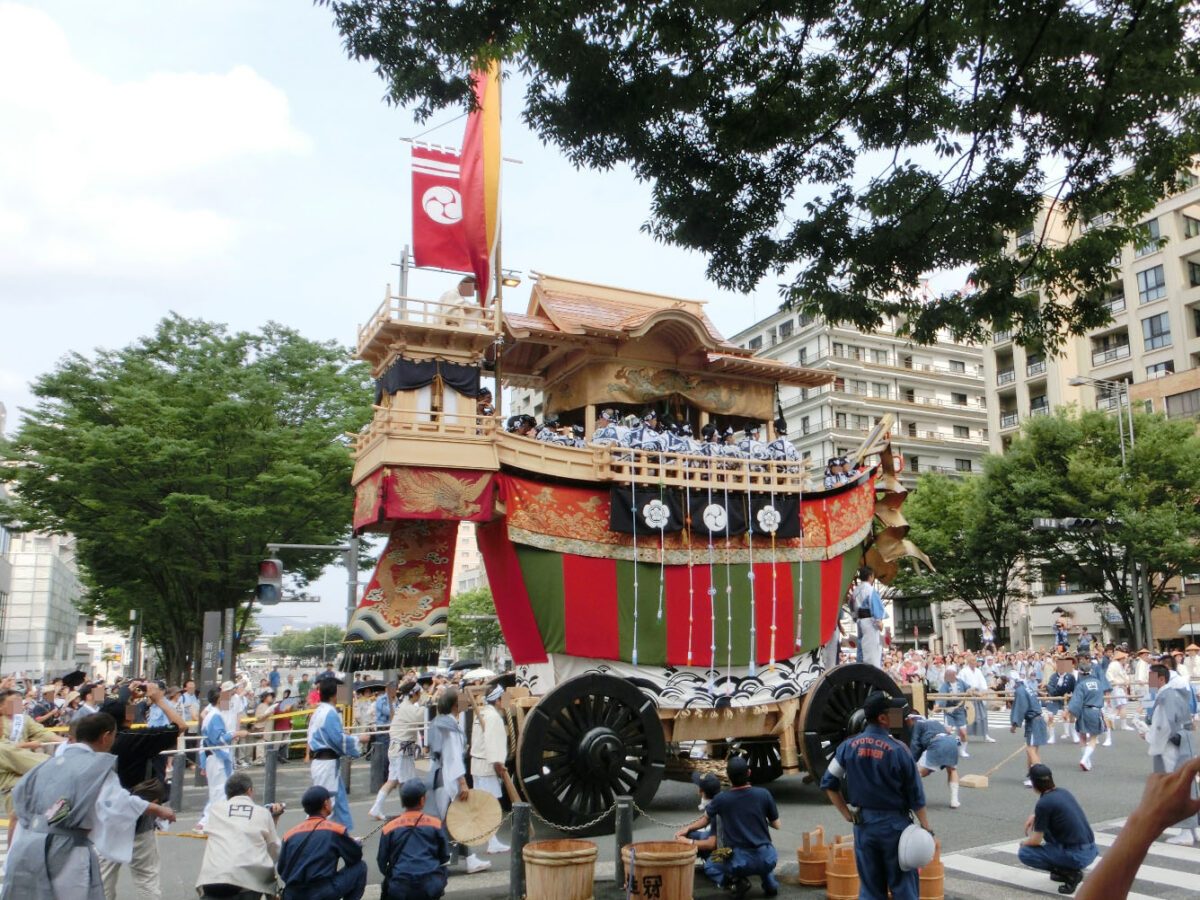
By far one of the most famous festivals in Japan is the Gion Festival which has been held by the Yasaka Shrine in Kyoto since the 9th century. Its inception was caused by an epidemic at that time when people wanted to put the gods in a better mood. The festival’s pinnacle is a 3-km long parade of mikoshi floats, one of them bearing a local boy who was chosen to be the divine messenger that year, that proceed through an area east of the Kamo River on July 17th, but festivities are already held from July 1st so even if you are in Kyoto a bit too early you can still catch some of the festival’s traditional but lively atmosphere. The roads are closed to cars, and you can enjoy the many food stands and typical Japanese festival games. There is even a second smaller parade that takes place on July 24th if you can’t make it to the main event.
When: between July 1 (Sat.) – July 31 (Fri.) 2024, with a main event on July 17 between 9 am – 1 pm. Second smaller parade on July 24th.
Where: Oike, Kawaramachi, and Shijo streets in Kyoto
3. Toyohama Red Sea Bream Festival (Aichi)
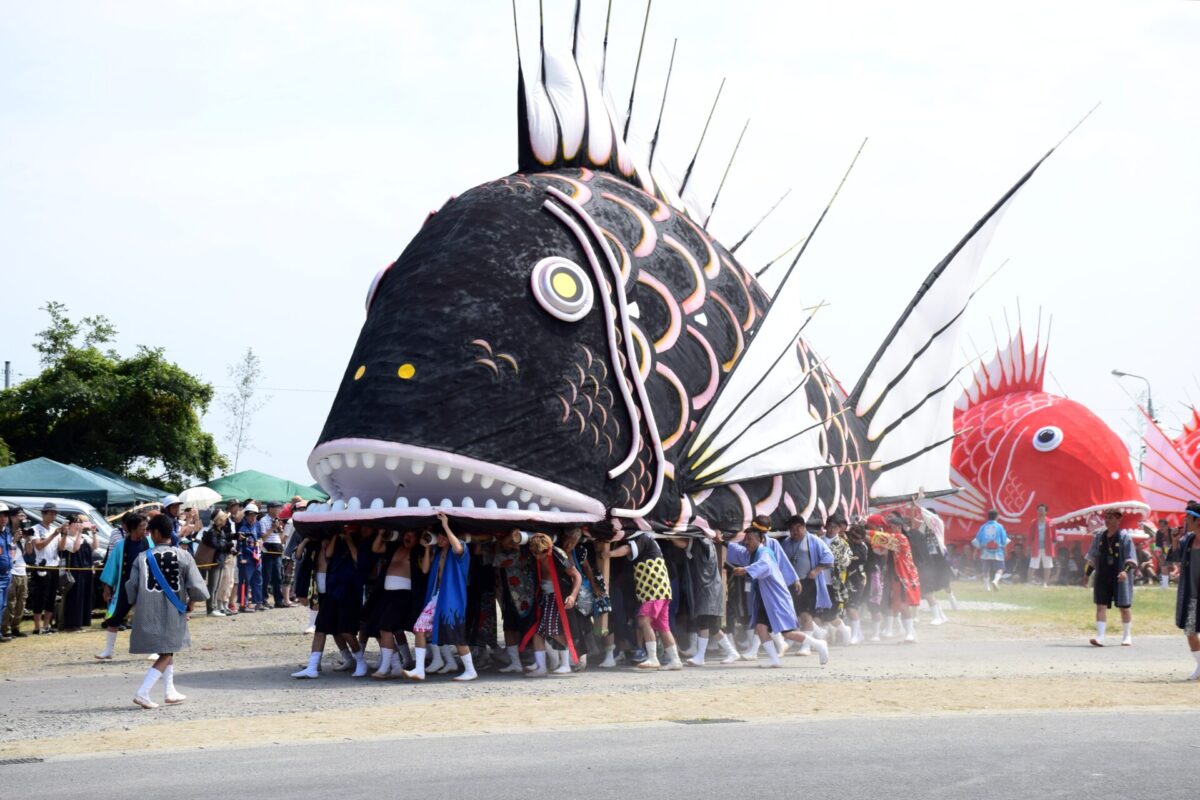
Minamichita is a peninsula in the south of Nagoya in Aichi Prefecture, and normally it is not really on the radar of non-local tourists, but during one of the last weekends of July an interesting event takes place. It is the Toyohama Red Sea Bream Festival, during which huge breams that are made of bamboo and cotton are carried through the town’s streets after which they are brought to the seaside to fight. By doing this, the locals hope that the gods will provide them with a bountiful catch for the year to come. You can watch the spectacle from the sides of the streets along with around 5000 others who flock to the small town to see the spectacle.
When: Usually late July, likely the 27th and 28th
*We will update the dates for 2024 when it’s officially announced
Where: best viewing spots are east of the Toyohama intersection on route 247 just before noon, and from about 12.30 pm at Toyohama Fishing Port
4. Nachi Fire Festival (Wakayama)
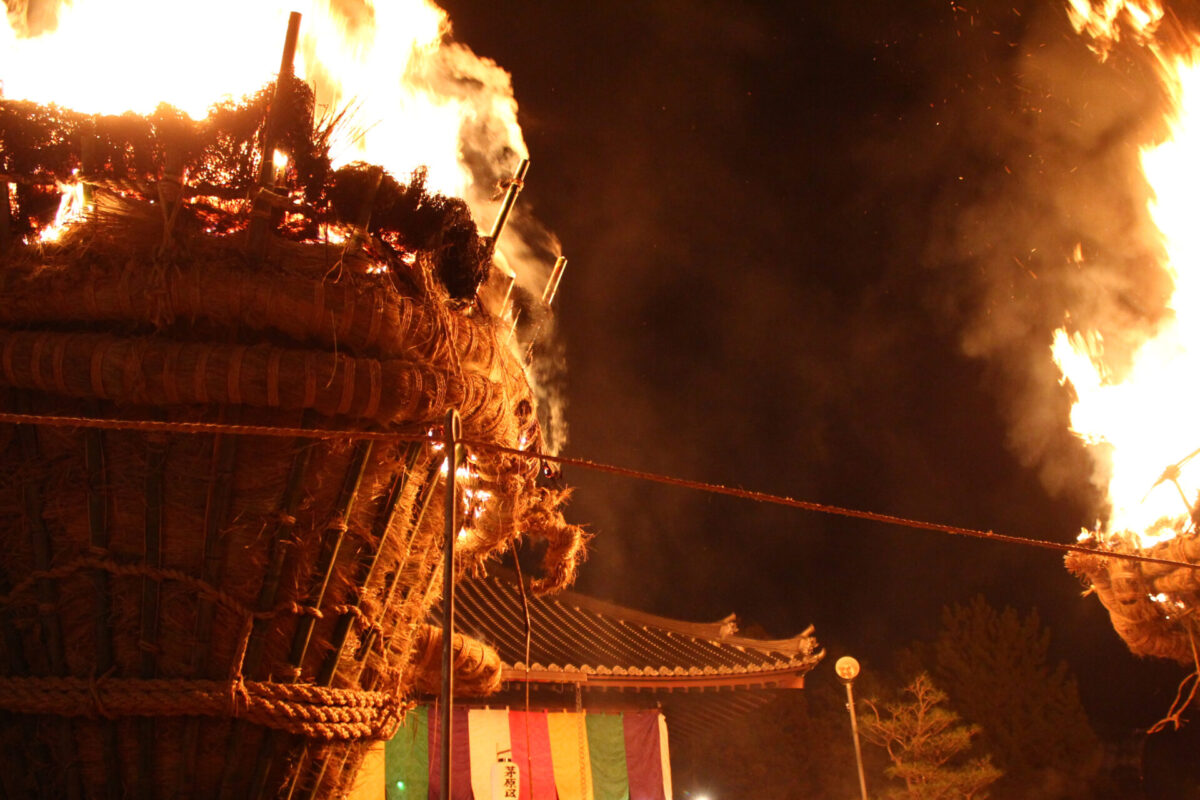
Every year on July 14th, a fiery Shinto ritual takes place at the well-known Kumano Nachi Taisha Grand Shrine in the forests of Wakayama. Twelve very large torches are carried down a path leading from the shrine to the waterfall to purify the route for the spirits that follow afterwards. The torch bearers don’t just carry the torches quietly, the procession is accompanied by religious chanting while they wield the torches around spreading the smoke far and wide.
When: July 14
Where: Kumano Nachi Taisha Grand Shrine
5. Kiriko Festival (Noto Peninsula)
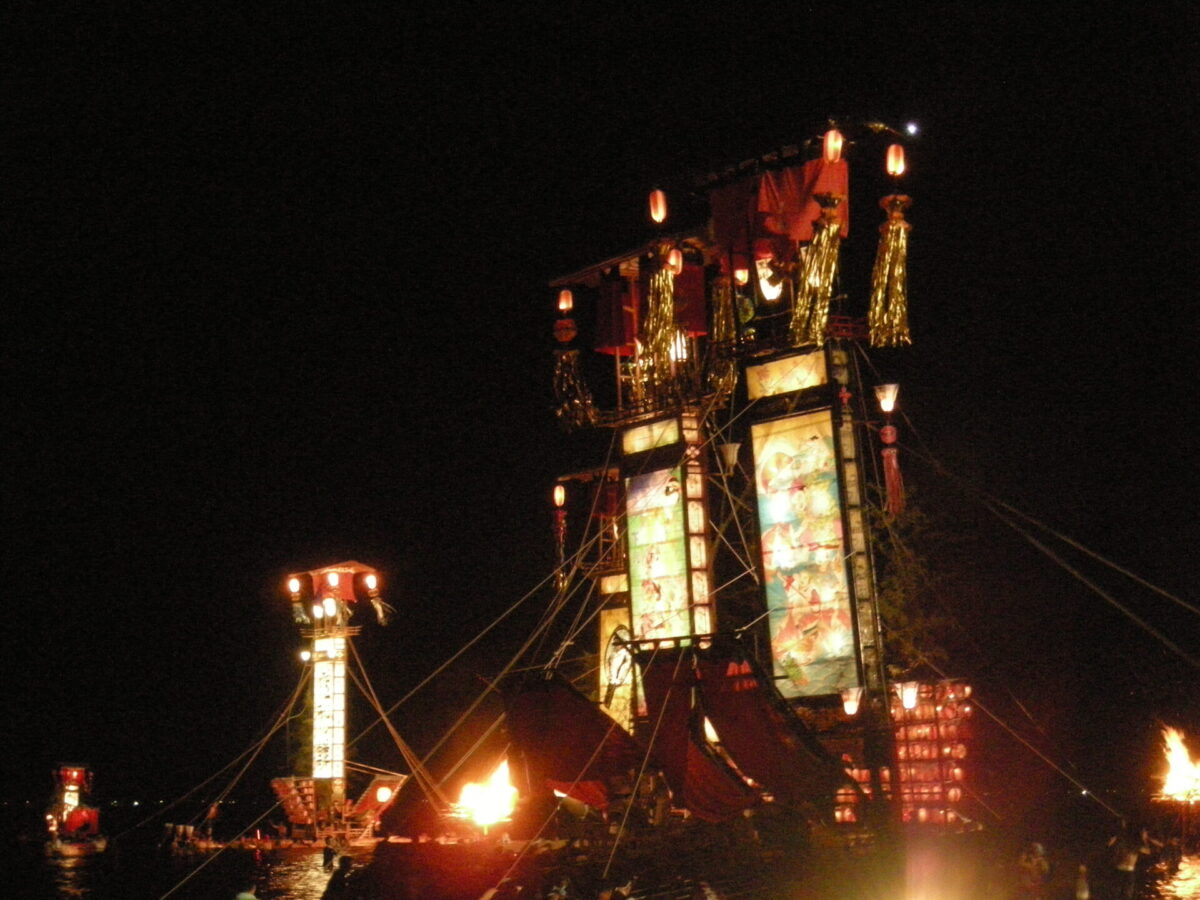
The Noto Peninsula in Ishikawa prefecture is renowned for its beautiful natural sights and quiet picturesque villages, but between July and September the peace and calm of the summer nights are regularly ‘disturbed’ by Kiriko festivals. These are regional festivals that feature Kiriko, which are very large lanterns that are used to light up the portable shrines that are taken around towns during all kinds of small local festivals. There are around 200 festivals each year on the peninsula where Kiriko are on display, so if you travel around the area during that time you are bound to run into one. Check out the official website here for more information.
When: between July and September 2024
Where: various towns throughout the Noto Peninsula
6. Tenjin Festival (Osaka)
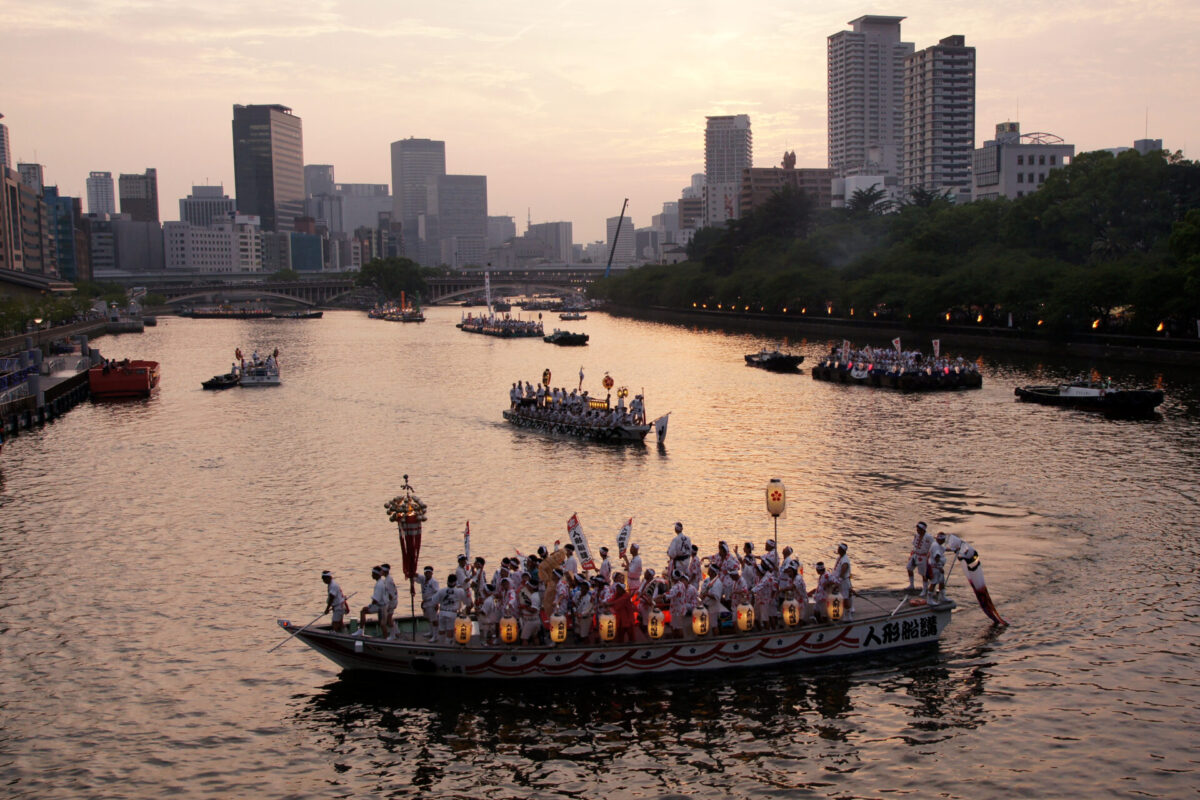
The Tenjin Festival of Osaka is one of the 3 greatest festivals of Japan, so if you are thinking about attending, get ready for crowds and merriment all around. Held since the 10th century, this festival is celebrated to honor the Tenmangu Shrine’s deity of scholarship, Sugawara. His spirit is paraded through the streets with all kinds of festivities taking place to entertain the spirit (and the people). The area becomes a frenzy of kimono-clad people dancing to the traditional sound of the flutes and drums, and the procession even continues into the river as a river parade. The festival closes with a large fireworks display on the river while the illuminated boats are still there, making for a fantastic sight.
When: July 24 and 25, with the main festivities taking place on July 25 throughout the day until 9 pm (The fireworks show has been canceled due to the pandemic)
Where: Tenmangu Shrine and surroundings in Osaka
7. Gujo Odori (Gifu)
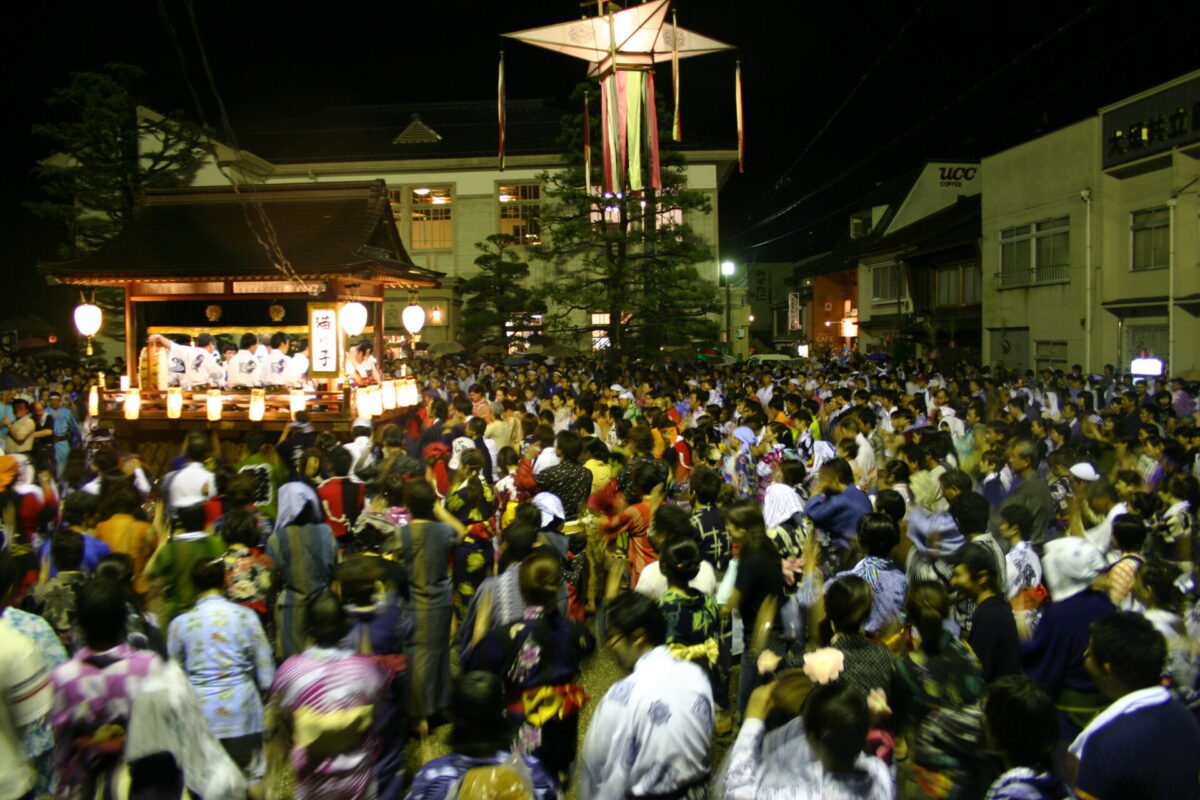
The purpose of the Gujo Odori, a dance festival in the rural Gifu prefecture that stretches over nearly the whole summer, is to bring the people together regardless of their background or social class. It is in this spirit of inclusivity that everyone is encouraged to participate in the dance, even if you have no idea how to do it. There is always someone who’s happy to teach you the movements, and none of the 10 different dances are very difficult or at a high tempo. To really feel like a part of the scene, you can rent a yukata (summer kimono) and even wear traditional geta shoes, although this is not mandatory. Almost all evenings between mid-July and early September there is a Gujo Odori dance going on somewhere in the prefecture, attracting tens of thousands of people throughout the period.
When: between mid-July and the first week of September with a peak during Obon in mid-August
Where: on different locations each day, check their calendar for updated information
8. Kumagaya Uchiwa Matsuri (Saitama)
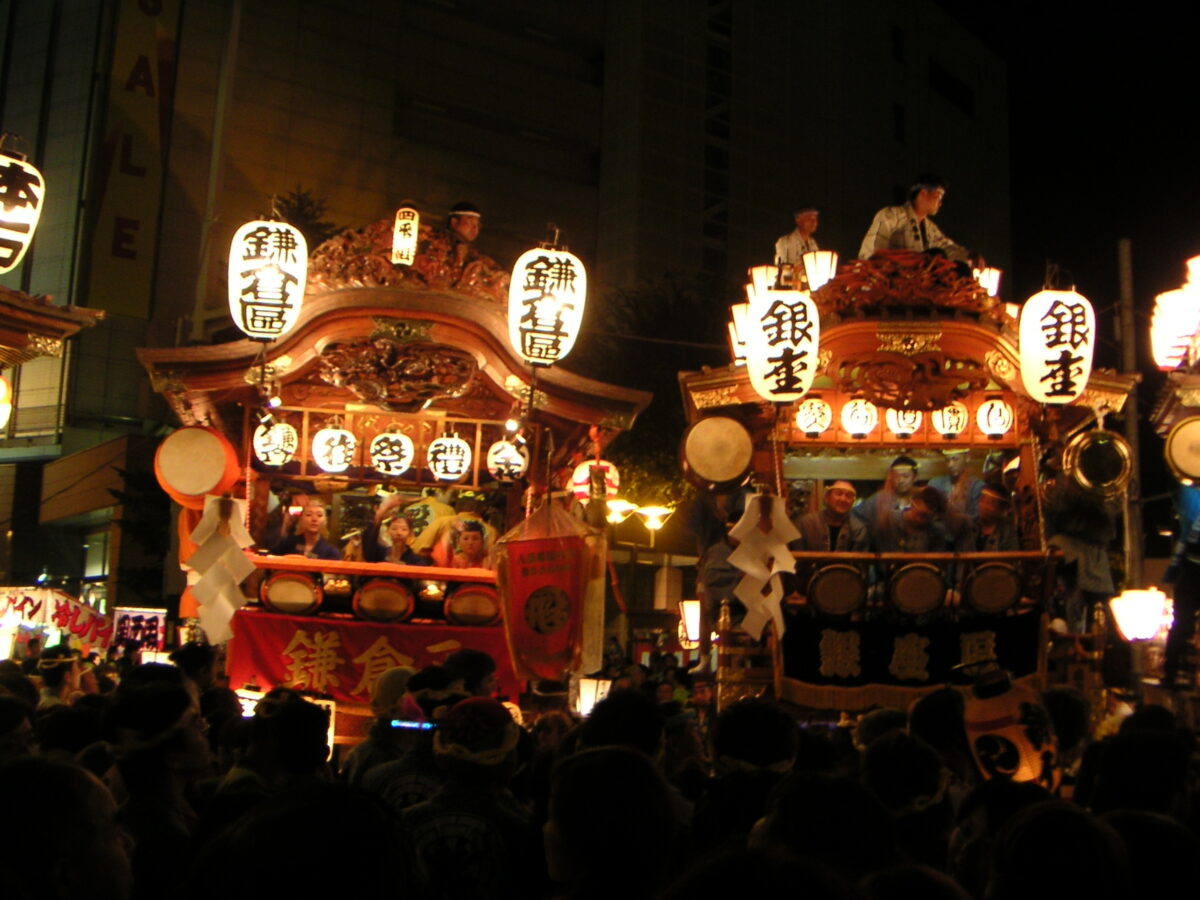
Kumagaya in Saitama prefecture, famous for its silk production in the past, is easy to reach by train from Tokyo in less than one hour and between July 20th and 22nd it is very much worth the trek up north. The whole area around Kumagaya Station turns into one big festival terrain during the Kumagaya Uchiwa Matsuri that attracts many hundreds of thousands of visitors for its vibrant, energetic atmosphere with plenty to feast your eyes and mouth on. The festival’s main attractions are the elaborately decorated floats that became so beautiful because of the rich merchants who had a hand in making them want to show off their wealth in the floats. As its name implies, hand fans (uchiwa in Japanese) are handed out by shops wanting to promote their wares, so you can keep yourself cool when you get too hot while dancing to the traditional music.
When: July 20-22, with one of the highlights happening at 6 pm on July 22 with all the floats gathering on Festival Square
Where: around Kumagaya Station
9. Sumida River Fireworks Festival (Tokyo)
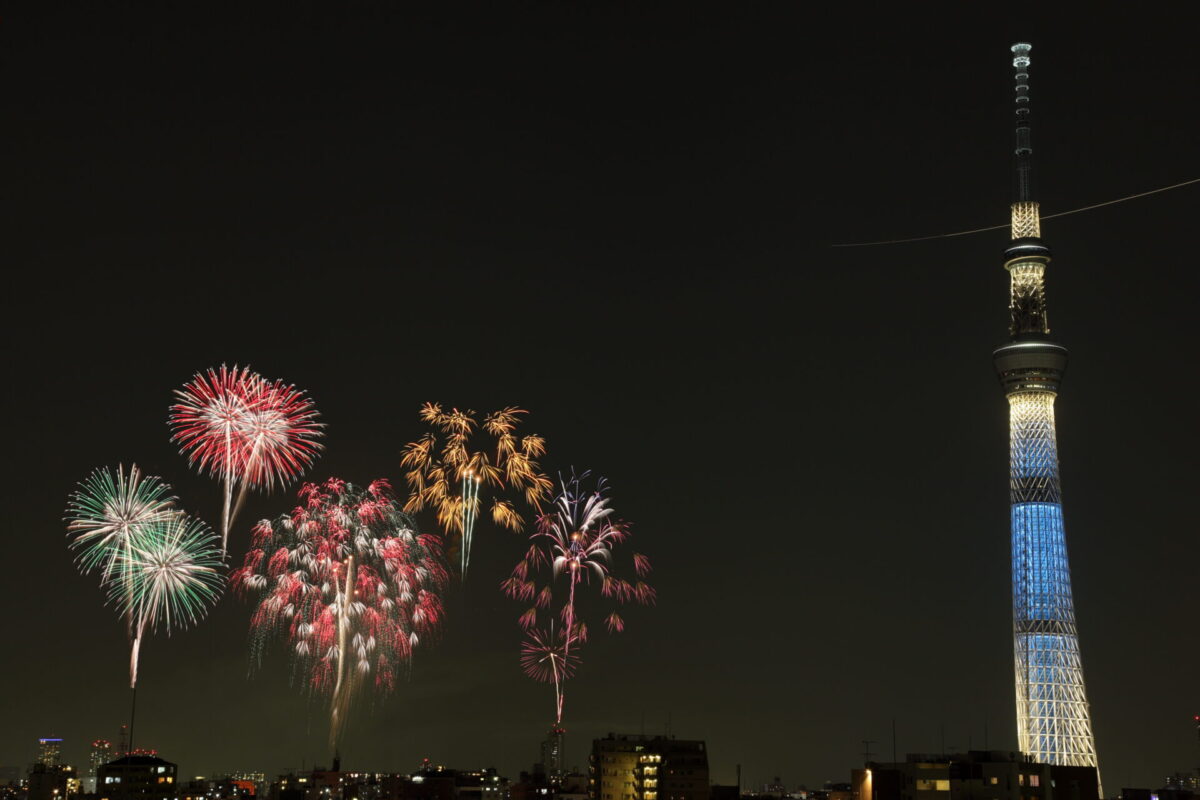
If you like fireworks, attending one of the largest fireworks festivals in Japan should definitely be on your bucket list. The Sumida River Fireworks Festival in Tokyo is held in the last week of July. The event kicks off at 7pm and runs for about 90 minutes. Make sure to get there a little bit early to find a perfect spot to view the fireworks from.
When: July 27 (Sat.) 2024
Where: along the Sumida River near Asakusa, Tokyo. If you are looking for a less-crowded spot with still a decent view you can go to Shiori Park or Oyokogawa Water Park
10. Nagoya Port Fireworks Festival 2024 (Nagoya)
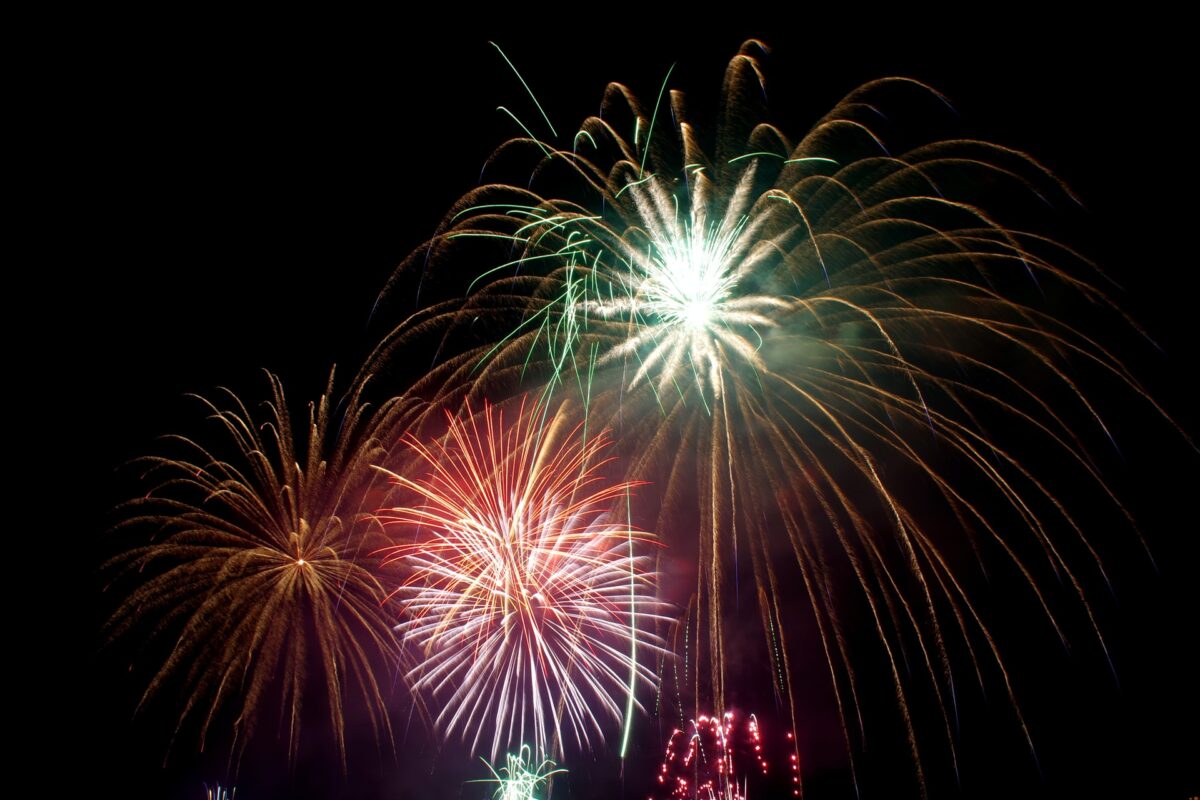
Compared to other festivals around the country, with only 3,000 fireworks, the Nagoya Port Fireworks Festival seems relatively small. However, the scenic location still attracts over 300,000 people every year. This a fairly simple fireworks show but one that should not be missed if you happen to be in the area. The demonstrations use creative colors to maximize the show despite the smaller size.
When: July 15th, 7:30
Where: Nagoya Port
Enjoy Festivals with Yukata
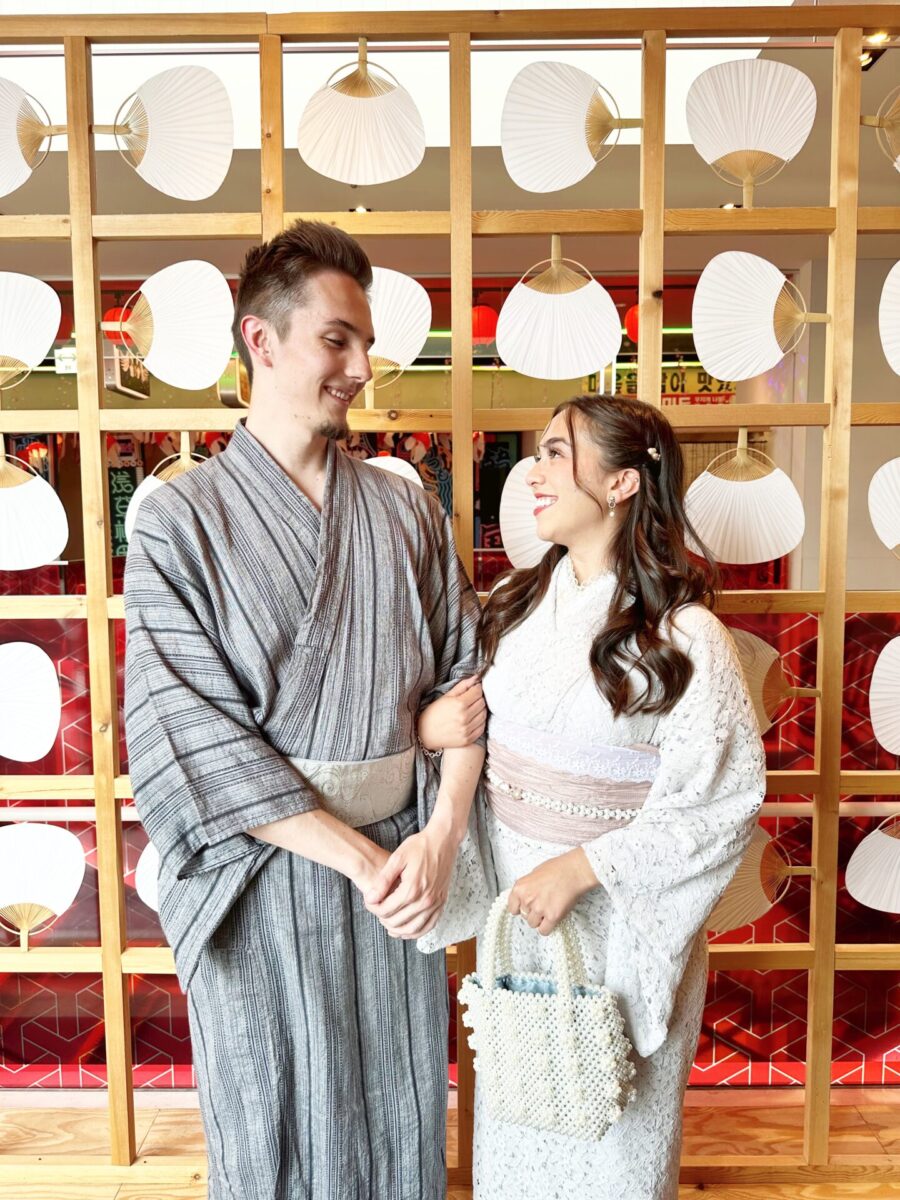
Yukata (Summer Kimono) Rental is Now Available!
Discover Japan’s summer essence with a traditional Yukata from Kimono Rental Wargo! Explore cities or join festivals effortlessly starting from just ¥3,300. Our shops are conveniently located in Tokyo, Kyoto, Osaka, Kawagoe, and Kanazawa. Elevate your adventures with the elegance of the Yukata and create unforgettable memories in Japan!
Japan Wonder Travel Tours
Japan Wonder Travel is a travel agency that offers guided tours throughout Japan.
From private walking tours to delicious Food and Drink tours, we can help you organize the best tours just for you! If you want to explore Japan and learn more about the history and backstories of each area you are visiting, our knowledgeable and friendly English speaking guides will happily take you to the best spots!
In addition, we can provide you with any assistance you may need for your upcoming trip to Japan, so please feel free to contact us if you have any questions or need some help!
▶Tokyo Tsukiji Fish Market Food and Drink Tour
Explore the most lively and popular fish market in Tokyo and try some of the local’s favorite street foods and sake with one of our friendly and knowledgeable English speaking guides!

▶Tokyo 1–Day Highlights Private Walking Tour (8 Hours)
There’s no better way to explore an area than taking a tour with a knowledgeable local guide. You will have the chance to learn about the history and interesting background stories of Tokyo, as well as discover some hidden gems which can be hard to do without a guide.
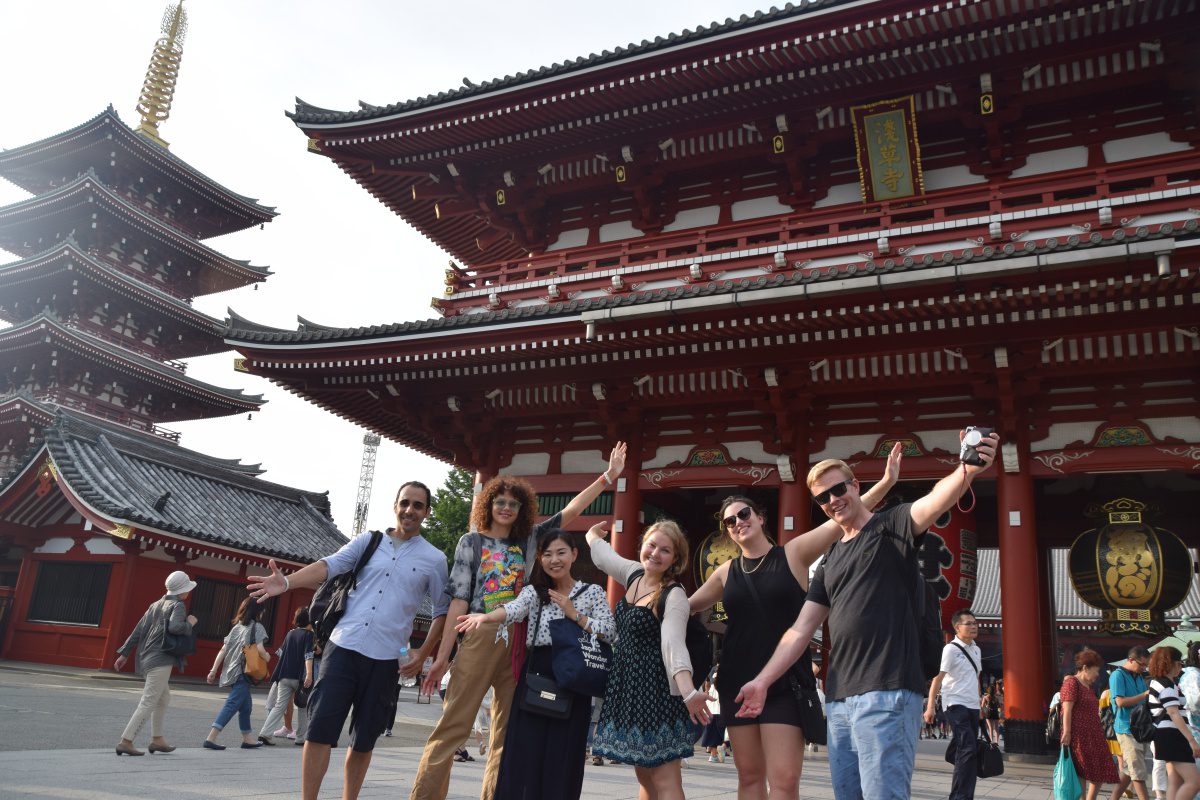
▶Mt. Fuji Day Trip Bus Tour from Tokyo
Experience the breathtaking views of Mt. Fuji by visiting the highlights of the area on our guided sightseeing bus tour! Departing from Shinjuku in central Tokyo, you can travel comfortably to all of the best spots in the area by bus.
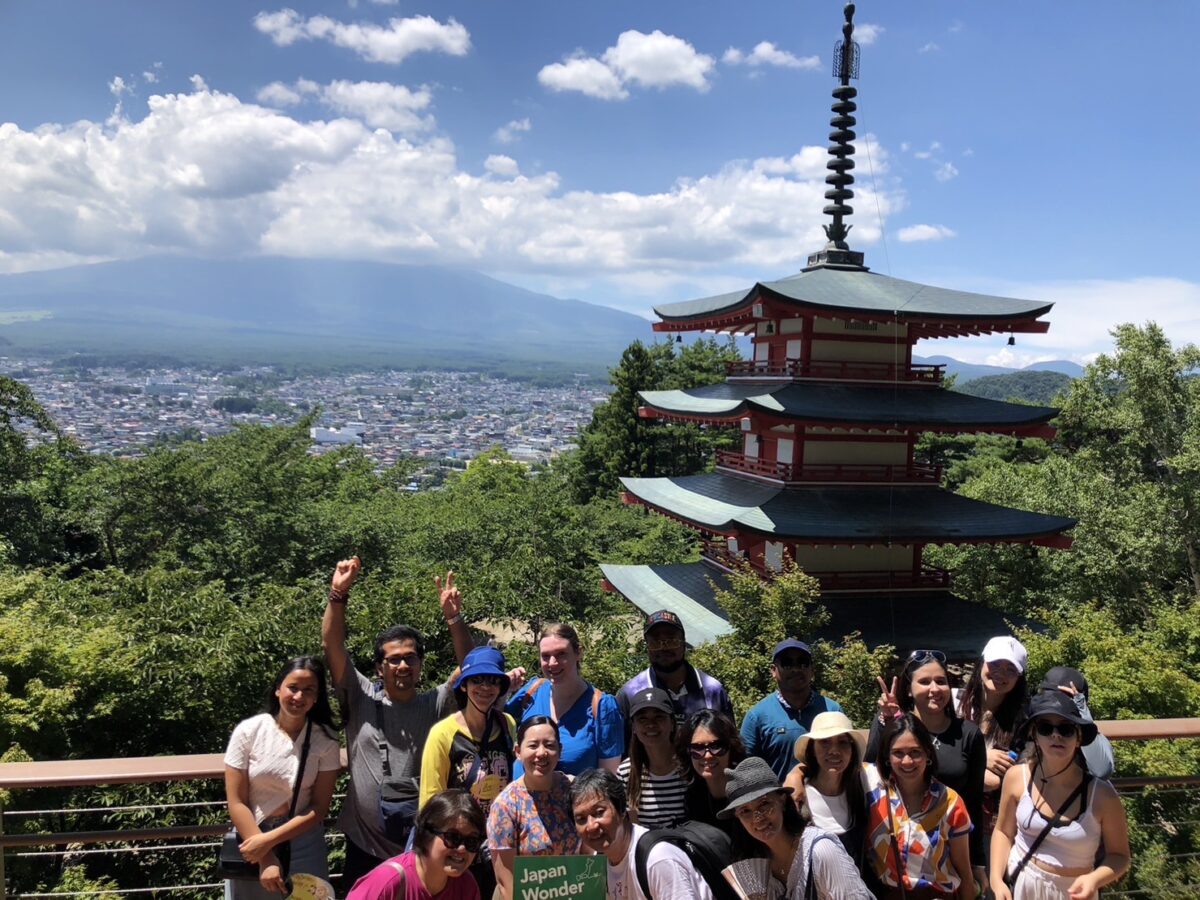
▶Kyoto Private Full Day Walking Tour
On this full-day private tour of Kyoto, you will be able to see the highlights of Kyoto in just one day and at the same time develop a deeper understanding of both the culture of the area and Japan as a whole.
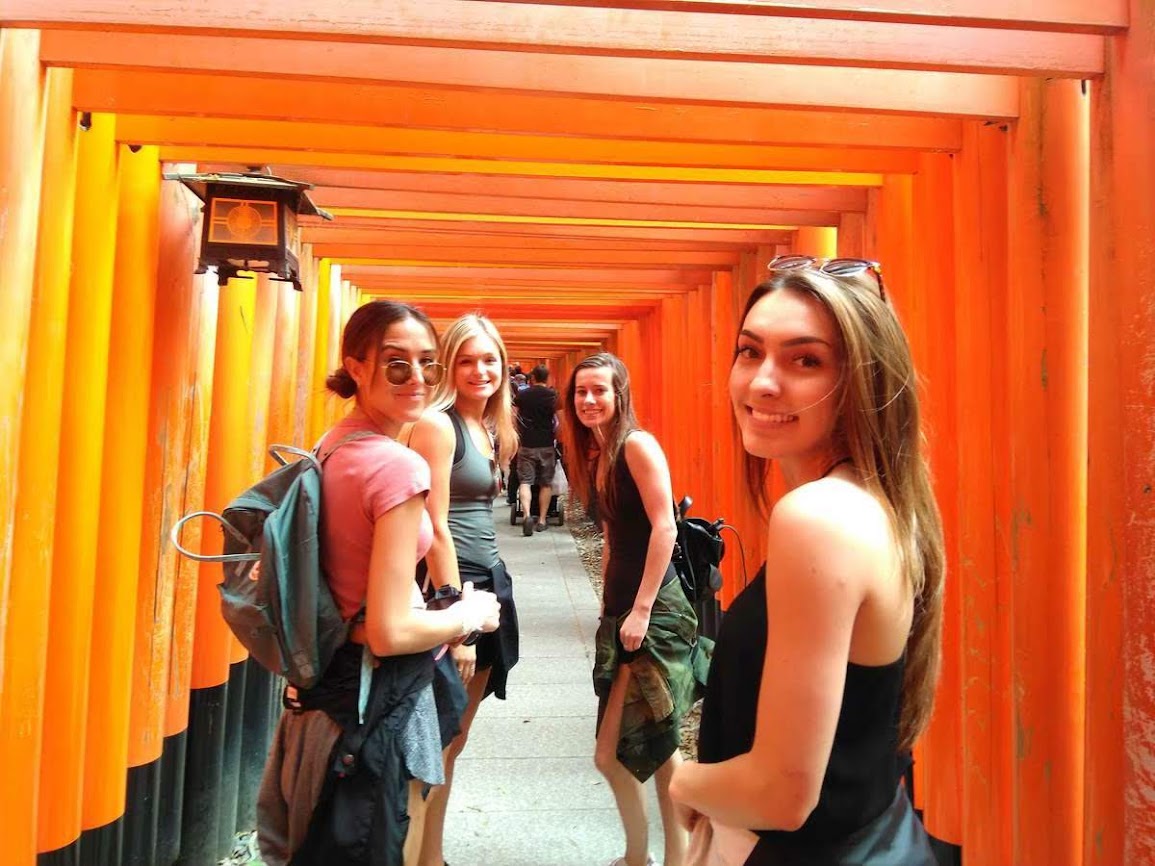
Follow us on Instagram, Facebook, Twitter, and TikTok for more travel inspiration. Or tag us to get featured!
Happy traveling!
Stay informed of the best travel tips to Japan, the most exciting things to do and see, and the top experiences to have with the Japan Wonder Travel Newsletter. Every week we will introduce you to our latest content.
